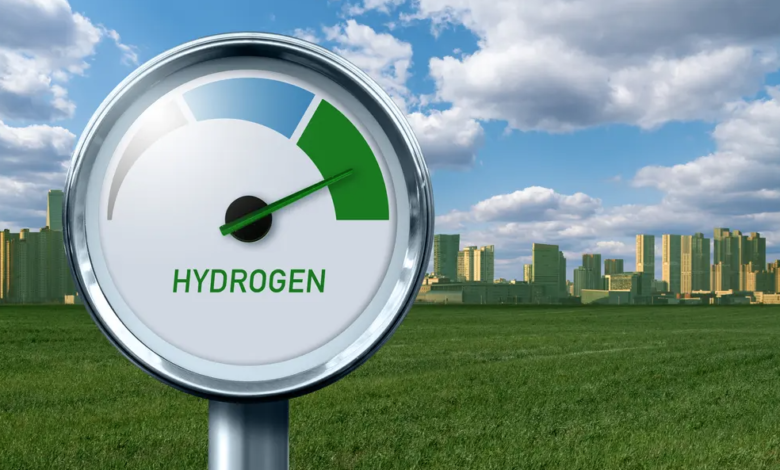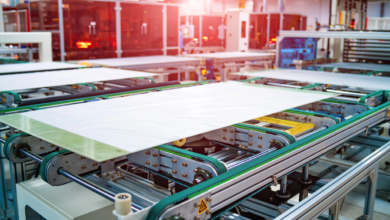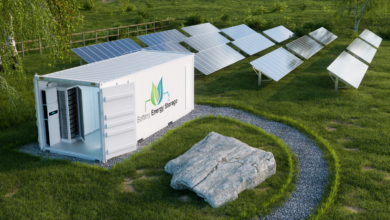Green hydrogen economic, towards a new goal
(sustainabilityenvironment.com)- When it comes to renewable hydrogen technologies, the proton exchange membrane (PEM) electrolysers are one of the most promising solutions in terms of production. They offer high current density, high efficiency, fast response and small footprint, providing ultra pure fuel. The greatest limitation of this technology remains the use of noble metals such as platinum, ruthenium and iridium as catalysts. These elements are not only expensive and have a limited supply but, in the case of ruthenium and iridium, also tend to deteriorate over time. To overcome the problem and open the doors to an era of cheap green hydrogen, a group of researchers from the University of Umeå, Sweden, has created special “defensive traps”.
Long live the noble metals
In detail, the team trapped the ruthenium oxide in a protective and inactive “scaffold”, based on a quaternary mixed oxide of tin, antimony, molybdenum and tungsten. The structure keeps the noble metal stable even in difficult conditions. And it has proven to be strong enough to protect not the catalyst but also other components of the system from damage during the process.
Read also Solar green hydrogen: how to make water photoelectrolysis competitive
“The mixed oxide, stable to acids, consists of an interconnected network of nanostructured oxides capable of stabilizing ruthenium in the matrix (Ru-MO)“, reads the abstract of the publication in Nature. “In combination with titanium fiber felt, we observed a lower degradation of the oxygen evolution reaction activity than unprotected ruthenium oxide after the electrochemical stress test”.
By ensuring a longer service life for metals, Swedish research can make PEM technology more convenient and effective for economic, large-scale green hydrogen production.






